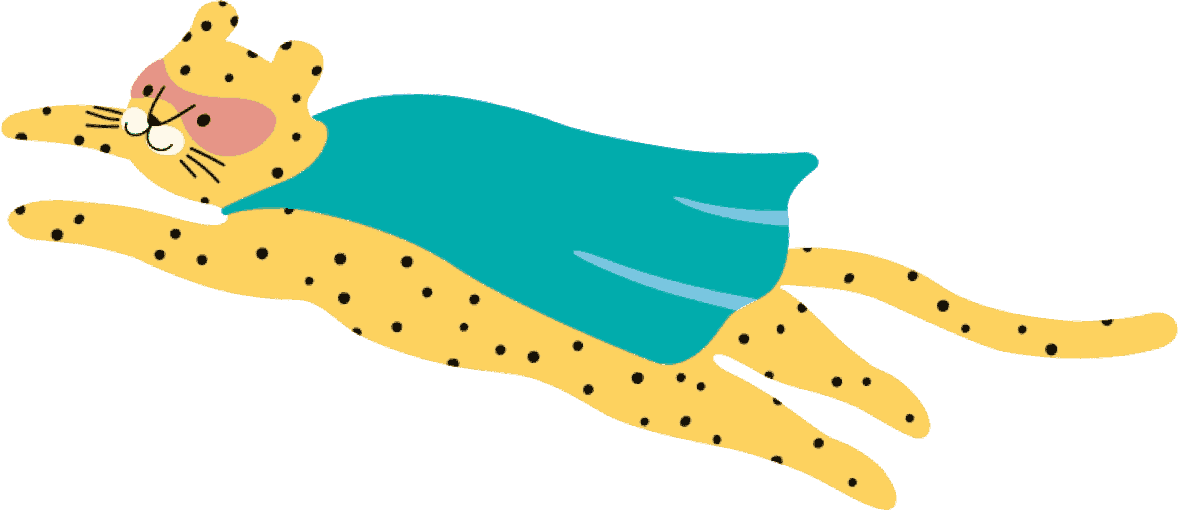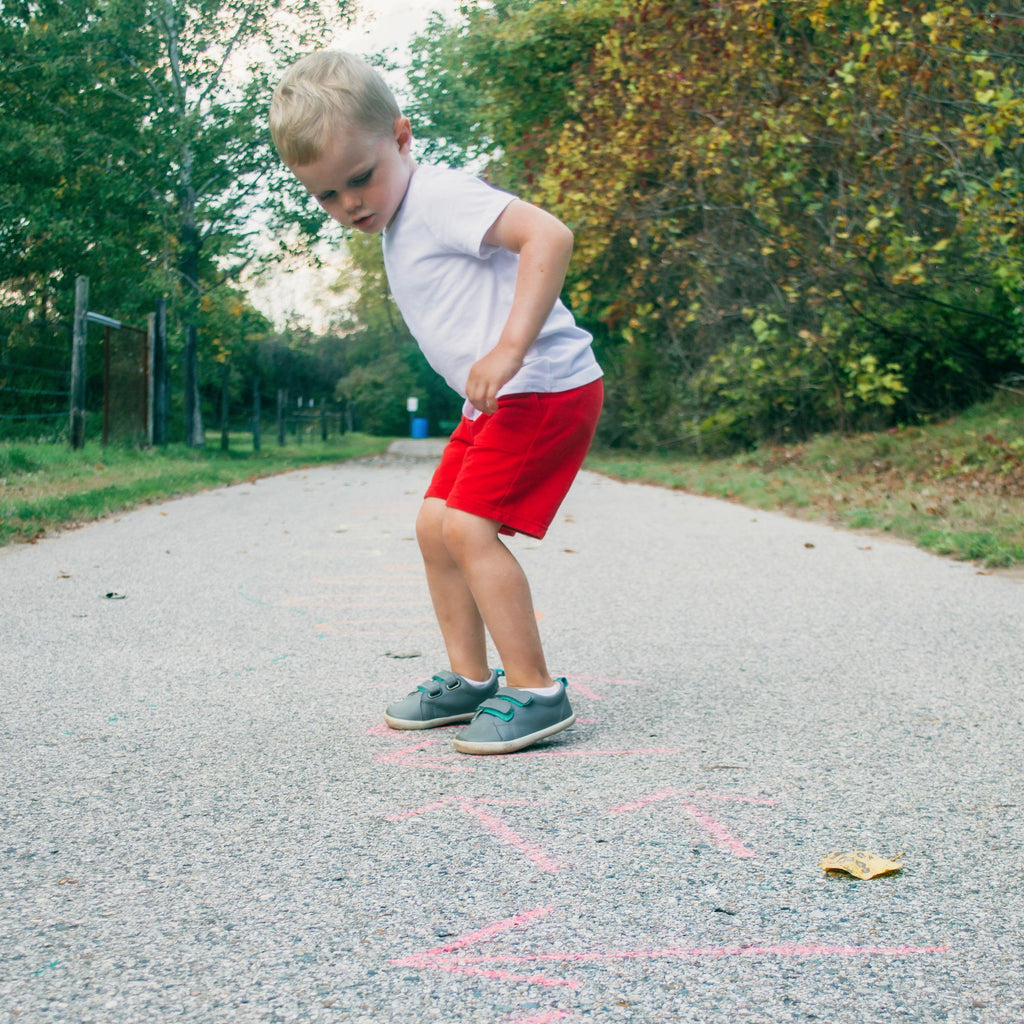Need sidewalk chalk? Try the Unicorn Horn Sidewalk Chalk.
A simple and easy way to help kids work on gross motor skills and get the wiggles out is with a sidewalk chalk obstacle course. This activity can also help with balance, coordination, and following directions.
Materials:
- An open space with concrete or pavement (ideally with an even surface!)
- Sidewalk Chalk
Instructions:
- Take a piece of sidewalk chalk to create an obstacle course on your driveway or sidewalk. You want to create a variety of shapes and obstacles to get your little ones' bodies moving and stretching in different ways. Every symbol represents a different type of action. Here are some symbols to get you started, but coming up with some new actions that are unique to your family can be a great way to stretch their creative muscles a bit more as well:

- Choose as many or as few as you wish based on the actions your little one finds challenging or needs to practice. Each of the above actions are excellent for improving gross motor skills as well as increasing their coordination through the combination of different movements one after another.
- Model the obstacle course once for yours kids, so they understand what each symbols means.
- Next, have them copy each skill after you do it. This helps them practice following directions and aids with memory recall.
- Finally, let them loose on the obstacle course to practice. If they forget what a symbol means, give them prompts to help them remember or demonstrate the skill from the sidelines. This helps to build confidence and autonomy.
Skill areas addressed:
- Gross motor skills
- Coordination
- Balance
- Following directions
- Memory recall
Extensions & Adjustments:
-
For kids 5 years or older, you can make the obstacle course longer or more complex. Incorporate letters, numbers, words or math problems to add a new challenge to every step. For example, hop on the A, the T and the F. Can you spell "THE" by jumping on the correct letters? What is 3 + 2? Jump on the correct answer. You could also time them to add another level of difficulty.
-
For kids 3 years and younger, pick movements that are easier for them to do, such as running, hoping, and twirling. Making the obstacle course shorter will also help so they have fewer symbols to memorize.

Author: April Karschner

